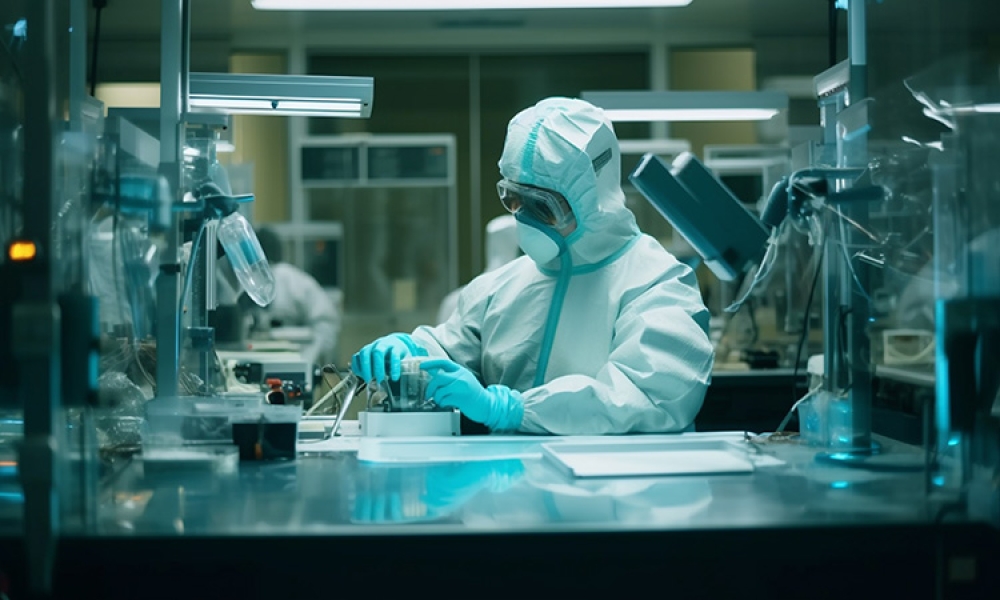
FDA wants us to instill a strong quality culture in our operations. To track our progress toward that strong quality culture we have been asked to measure quality parameters. Those metrics are presumed to reflect the underlying quality culture of an organization.
What’s missing is the link to the behaviors of the people who originate those numbers; the operators and technicians who have their hands on the equipment.
How do you choose the leading indicators that you will measure? How do you energize employees to change their behaviors? In short, how does management implement a large-scale change process with limited resources? As Thomas Edison said,
“Vision without execution is hallucination”
Most managers in the pharmaceutical business have good analytical skills. We got into management because we’re really good at solving problems. And that is both our blessing and our curse.
The blessing, of course, is that we can solve a lot of problems quickly. The curse is that when the problem lies with the actions of more than a dozen people, those great analytical skills become powerless. They may even become a liability.
When a manager is trying to get dozens or hundreds of people to do a good job, it’s not really a matter of just doing the job right. It’s a matter of performing thousands, if not millions of individual tasks correctly.
When the magnitude of the job expands to this level, it’s not just a quantitative difference in the workload anymore. The manager’s job changes qualitatively. The manager cannot be simply a good administrator. The manager has to transform into a leader. And this is the point where the career of many a manager stops.
In the workshop, “Creating a Strong Quality Culture: A Stepwise Interactive Process” at 0830 on Wednesday, 1 November, we outline the experiences of a plant that was wading in wasted money because of many small errors in daily activities. There were too many little problems by too many people for management to fix by direct supervision. We needed to find a system which would quantify the errors and which would motivate the employees to find solutions which they could implement.
The system we describe uses logic, measurement, and a small amount of resources to embed quality habits in large groups of employees. This system fits the talents of most pharma managers. They don’t have to be charismatic leaders to make it work. They can, however, get the results of a charismatic leader.
Join us in San Diego to explore, strategize, develop tools, and determine how to navigate organizational and regulatory complexities to advance patient therapies. Register for four days of unmatched education and networking at the premier event for pharmaceutical manufacturing.
Register Today




